
For Félix works through the modes of transtemporal and abstract drag.

For Félix works through the modes of transtemporal and abstract drag.

In 1889, Paul Gauguin stood by the vast ceramic display at the Universal Exposition in Paris and lamented the fact that “out of ten educated persons, nine will pass in front of this section with an extreme indifference”.
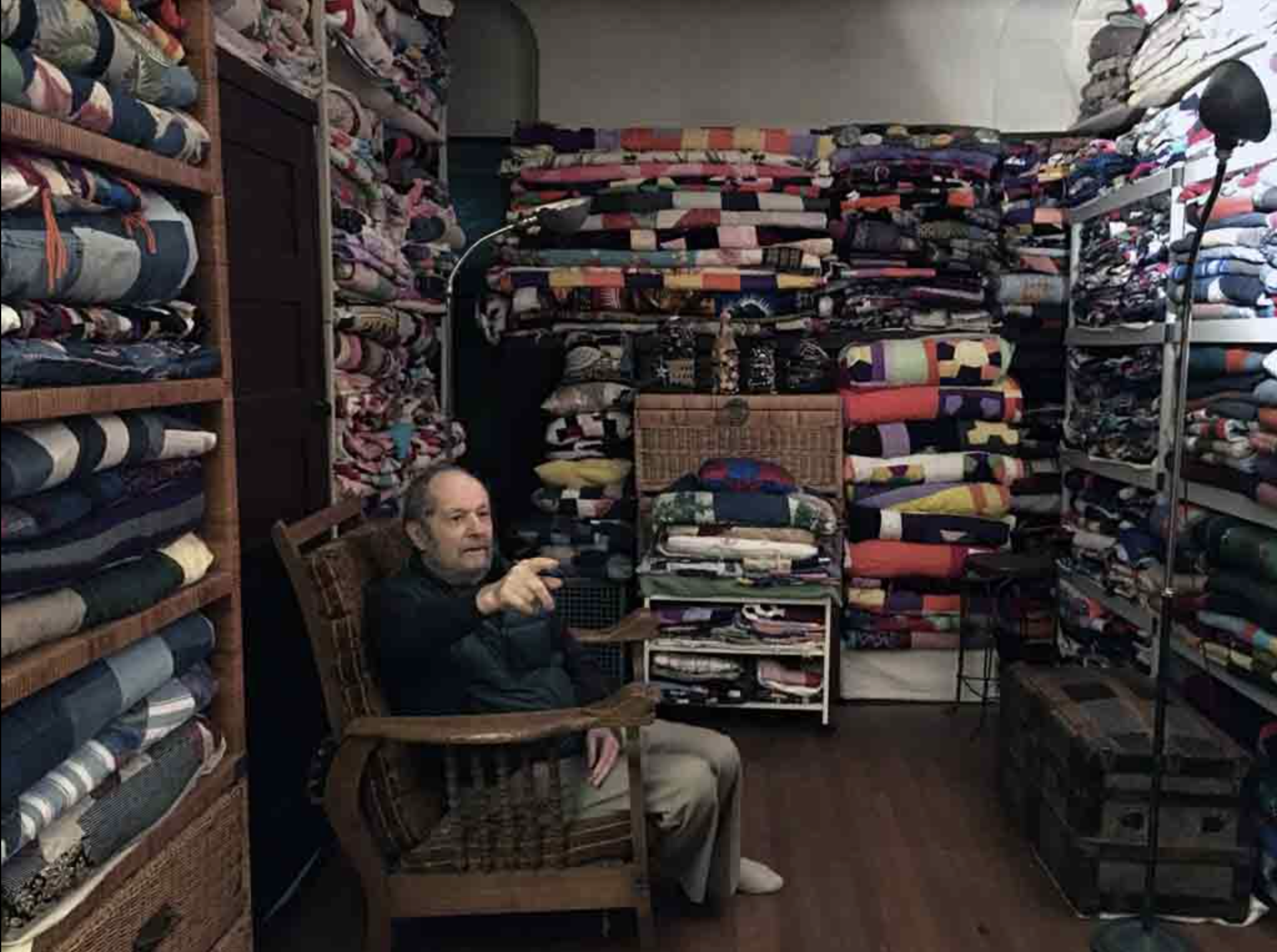
BAMPFA ZOOM EVENT w/ Ramekon O’Arwisters – June 10th, 6pm PDT
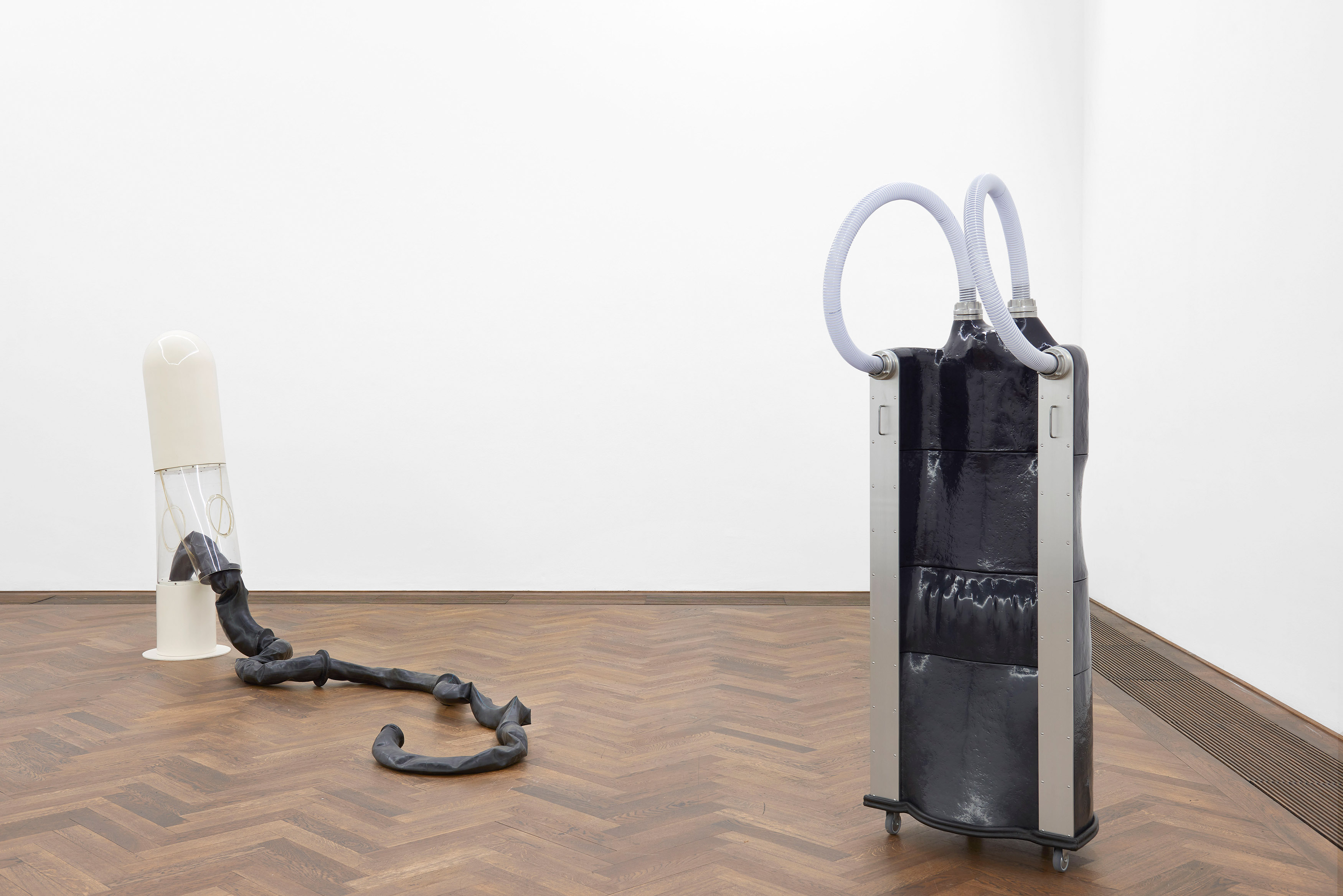
Reviews In the wake of the Second World War, the body was subjected to new forms of violence and control. Joachim Bandau confronted this biopolitical reality in his group of contemporaneous sculptures, which he called “Die Nichtschönen” (the Nonbeauties), currently on view at Kunsthalle Basel. At once human and machine, figurative and abstract, Bandau’s sculptures […]
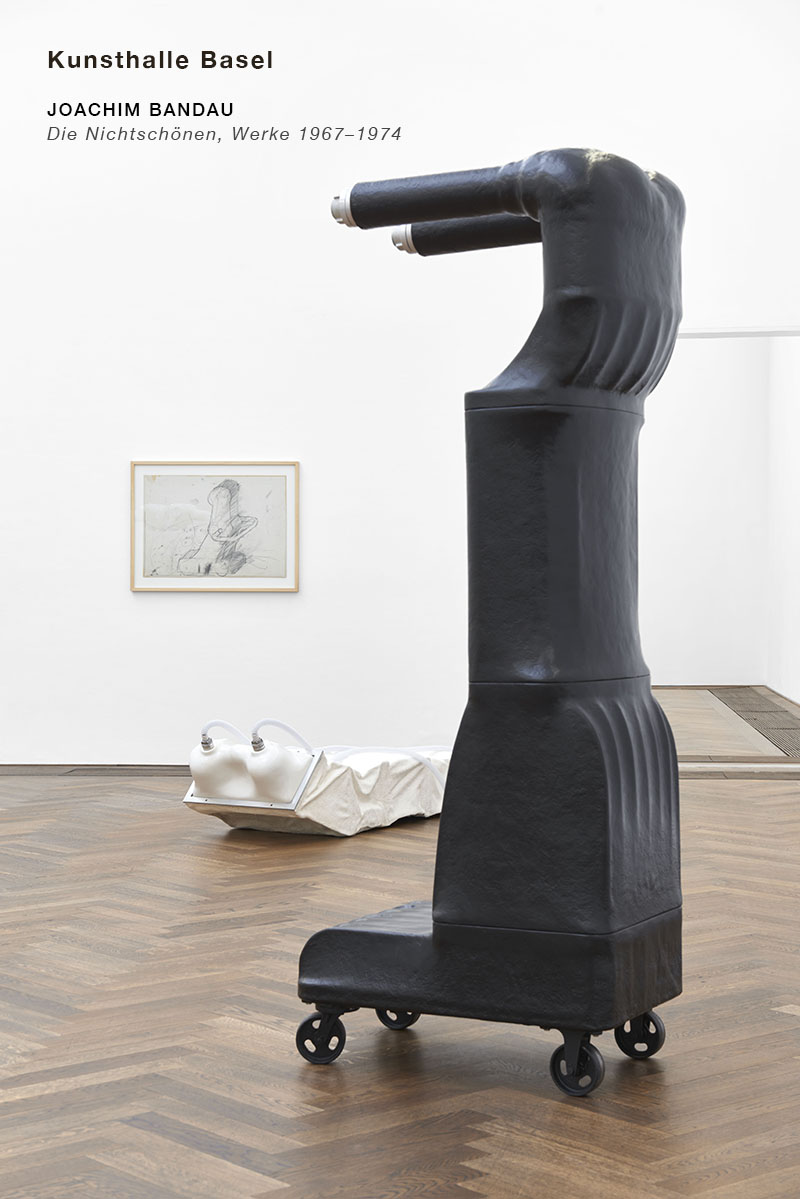
At Kunsthalle Basel, the artist’s peculiar designs and polished surfaces speak to the violence against bodies BY KITO NEDO IN REVIEWS | 28 APR 21 In the short period between 1967 and 1974, German artist Joachim Bandau produced more than 100 sculptures and accompanying drawings. Kunsthalle Basel currently presents key works from this phase, which the artist abruptly cut […]

Couzens is keenly sensitive to the layered meanings inherent in the original adverts, which even today, look like overproduced exercises in a bygone nostalgia.
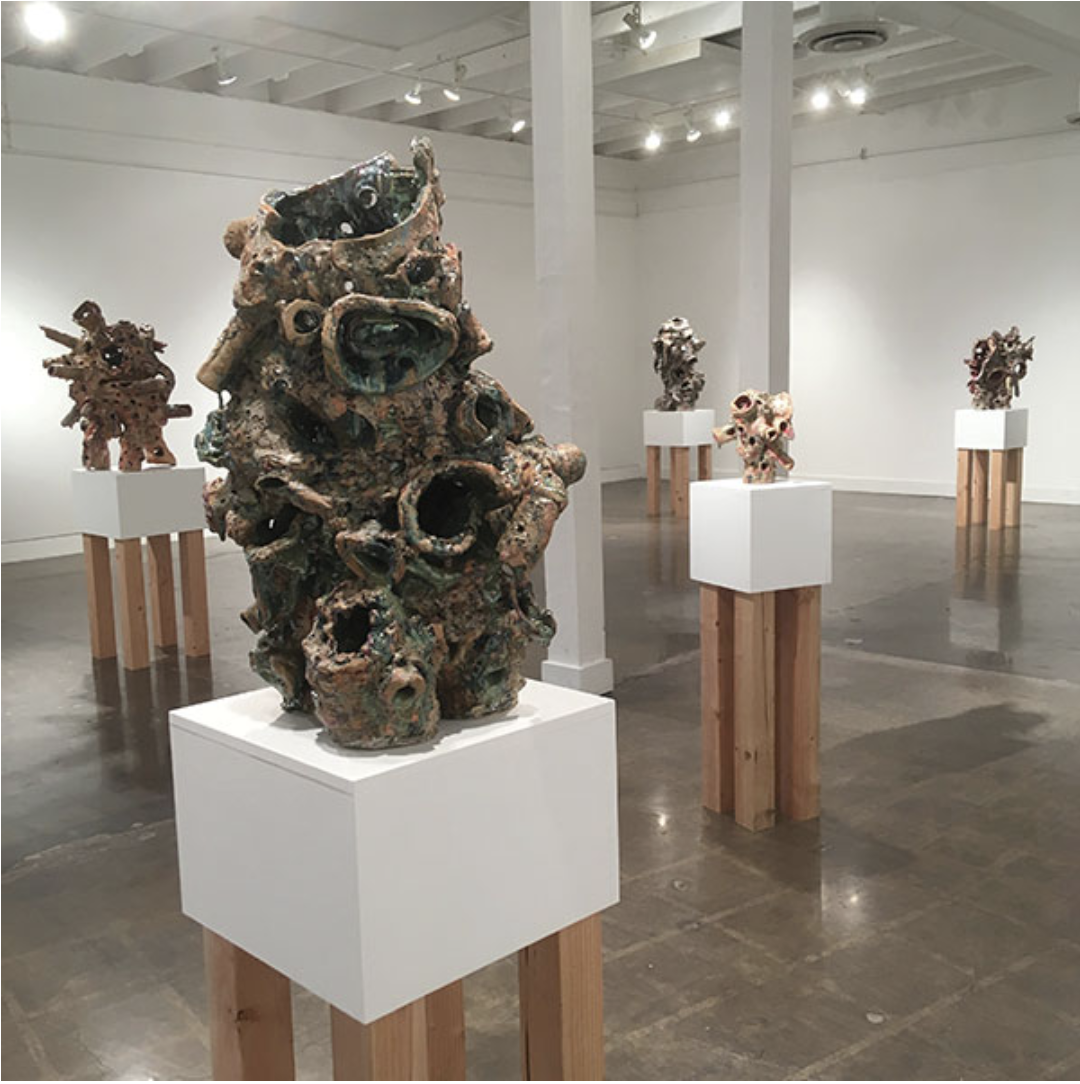
As you look at Christopher Miles’ work, it seems to shift between fantasy and reality, between conceptual zones and categories.
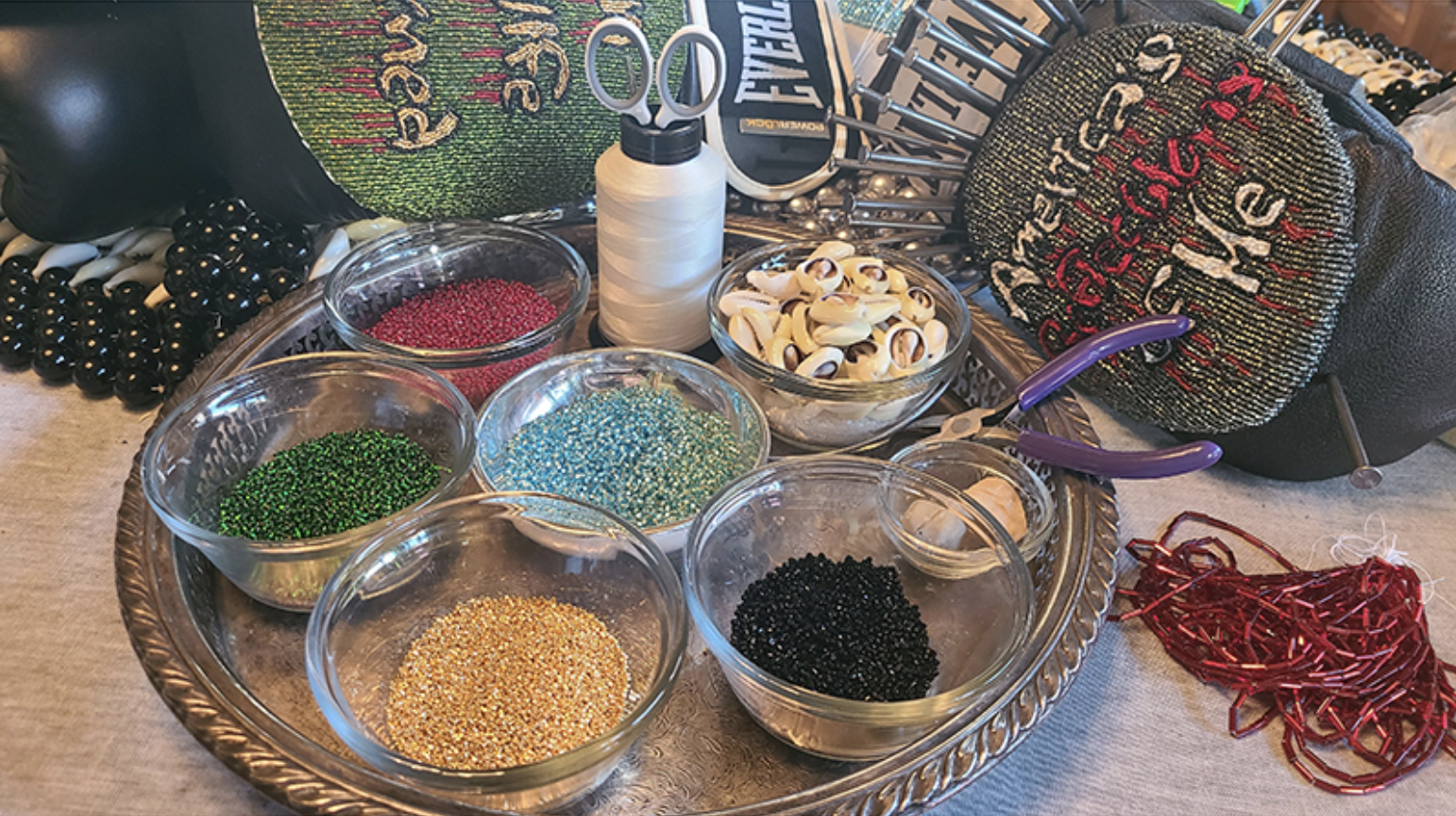
Broxton often titles his pieces with phrases from hip-hop or rap lyrics. For example, Worth the Weight is also the title to the first track in Nigerian-American musician Jidenna’s 2019 album 85 to Africa,[10] an album described as “a trip through the African diaspora that verges on sonic cinema.”[11] Broxton beads the text onto the boxing gloves using Czech or Japanese glass beads. Czech glass beads were introduced as trade goods to the indigenous people of North America and Africa by European colonialists and slave traders, respectively. The new material was quickly absorbed into traditional methods of making in both cases, taking on new meanings within different cultures.

Joachim Bandau was just over thirty years old when he began to forge the body of sculptures and drawings that marks a distinctive phase in his early practice. In 1967, he had begun the creation of his amorphous, vaguely humanoid sculptures built up from mannequin segments in combination with then-new industrial materials, and already by 1974, he announced the abrupt end of this production in order to move into a different direction.
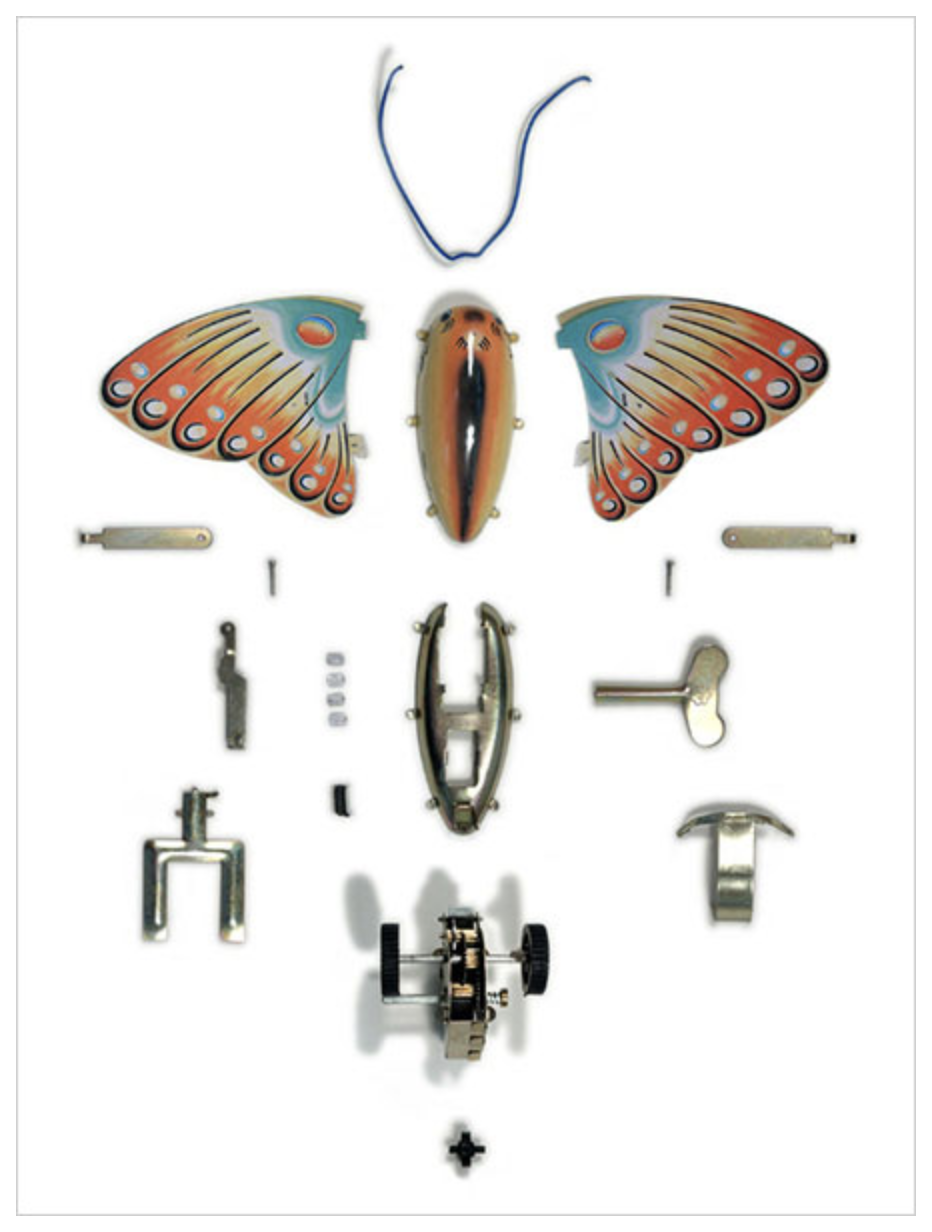
we experience works by artists examining the mechanisms of gadgets, scientific instruments, and computer technologies to reveal the internal and external systems that help shape society